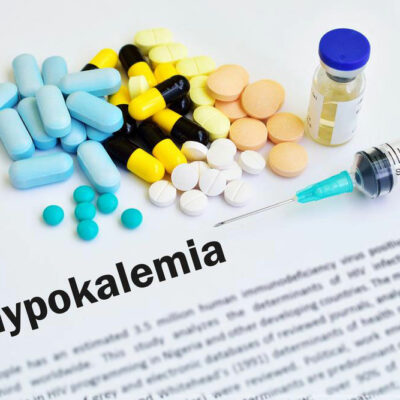
Eyes
5 major causes of dilated pupils
5 major causes of dilated pupils The human body is quite intricate, and every part, irrespective of how small it is, has vital functions to perform. For instance, the pupils in our eyes, which are the black circles in the eyes, gather light and bring it to the retina, another part of the eye to form images. These pupils widen or dilate in response to low light in a bid to collect more light. This is how pupils function under normal circumstances. However, there are instances when the pupils dilate independent of the presence of light in the environment. In fact, the pupils can stay dilated even in a bright environment. This unusual pupil dilation is termed as mydriasis. Mydriasis or pupil dilation can become a cause for concern when the pupils continue to stay dilated in a bright environment and it occurs frequently. It is essential to visit a doctor to determine the underlying cause of pupil dilation. Some of the prominent causes of mydriasis are as follows: Anticholinergics Anticholinergics are components that are found in prescription medications. These substances prevent certain chemicals from being transmitted to the eyes, muscles, and certain glands. They cause the pupils to become more dilated, and can even cause dry mouth, constipation, and decreased sweating.
Read More 















